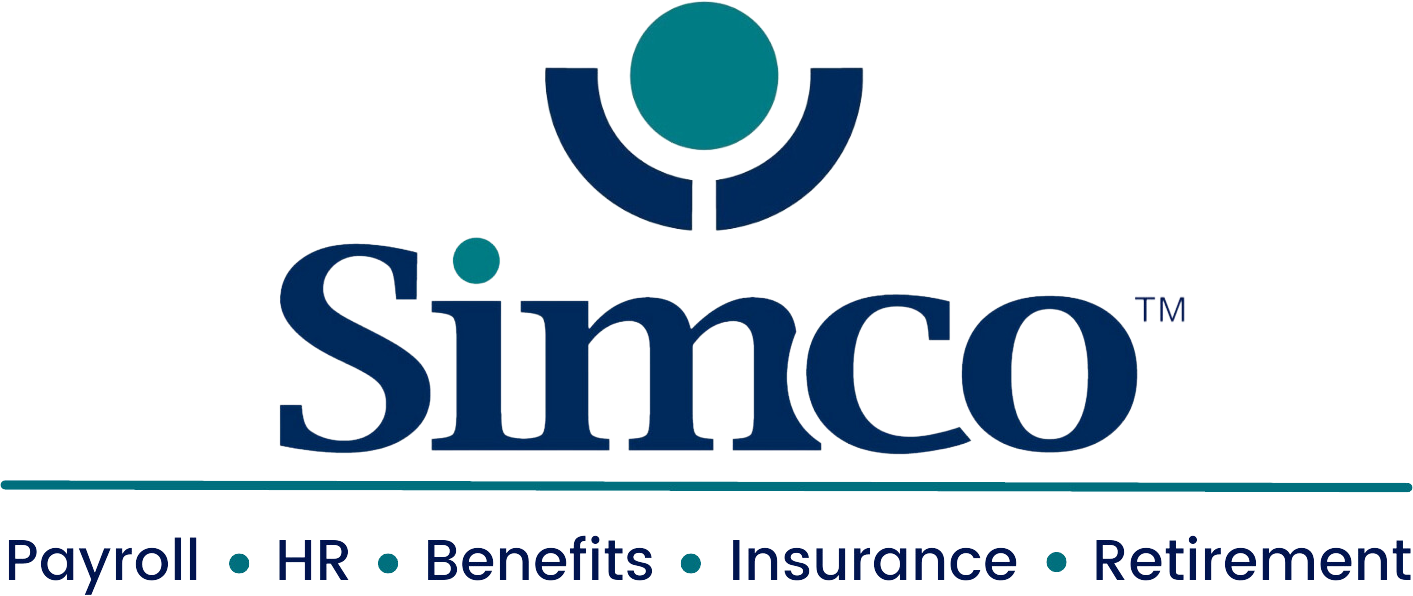
An employee value proposition (EVP) is the unique set of benefits employees receive in return for the skills, capabilities and experiences they bring to an organization. While an EVP includes common factors such as compensation, benefits and career opportunities, it also expands to all the value an employee can receive in exchange for their work.
A strong EVP gives employees a powerful reason to work for the organization. It can contribute to a solid and positive employer brand, prioritize organization goals, reengage the workforce and reduce hiring costs. Most importantly, an EVP contributes to attracting and retaining top talent. In fact, according to an Indeed survey, 21% of job seekers decided to accept the offer for their current job because their interests and values were reflected in the company’s mission. So, not only should a suitable EVP address the wants and needs of employees, but it should also align with the company’s values.
An EVP is discovered by, developed with and tested on existing employees. It should be unique, relevant and compelling in order to be the magnet that attracts and retains job candidates. This article outlines the elements of an EVP, explains how to build an effective one and discusses employer considerations for such propositions.
Elements of an EVP
A desirable EVP is relevant to employees’ wants and needs; it should stand out from competitors’ offerings. Here are some components that can fit into an employee’s overall EVP:
- Career development
- Company culture
- Company values
- Company location(s) and facilities
- Employee benefits
- Employee recognition
- Job security
- Nonsalary financial perks
- On-the-job perks
- Overall compensation
- Preferred management style
- Team dynamics
- Travel opportunities
- Volunteer opportunities
- Work-life balance
Building an EVP
Employers can and should personalize their EVPs to reflect their company’s values. For example, an organization’s EVP could be career development-focused by offering a leadership training, promotions, career-centered workshops and travel opportunities. Another example is providing the best benefits in the industry. Although EVPs are not one-size-fits-all, certain aspects must be factored in to make them as appealing to as many candidates and employees as possible.
Therefore, the process of building an organization’s EVP should take the following tips into account:
- Create buy-in from the top. An effective EVP has buy-in from the entire workplace, meaning it’s important that it’s supported from top executives and senior leadership. This is important so that there’s a trickle-down effect of support.
- Build an EVP for everyone. It’s helpful to keep in mind that not every offering in an EVP will be applicable to every employee. That being said, the goal of building an EVP is to make sure that it caters to the needs of every employee, including any phase of life that they may be in.
- Engage in a research process. When building an EVP, it’s important to consider the thoughts and feedback from the people who will benefit the most: employees. Consider sending out a survey or starting market research about the needs of the workplace’s employees.
- Communicate the EVP. Once the EVP is built, it’s time to communicate it to employees. This includes both current and future employees. The EVP can be communicated in various places, including the organization’s website, social media and job posts.
- Review the existing EVP. An organization’s EVP should be reviewed and adjusted as the needs of employees change. A change of needs is inevitable, so be sure to set up a cyclical review process to be sure the EVP being offered is getting its use and is effective in attracting and retaining employees.
Employer Considerations for Defining an EVP
An EVP is more extensive than a paycheck. So, when building an EVP, there are also considerations for employers to keep in mind pertaining to job growth, work environment and more. The following key elements help create a compelling EVP:
- An engaging and healthy work environment—A positive work environment in which workers can grow and prosper will help attract new employees and retain current ones.
- Opportunities for growth and development within the organization—Employees are more likely to stay at an organization if there’s room for growth.
- Consistent and stable job opportunities—Job security can help increase retention across the organization because employees will feel secure.
- Competitive wages—Paying more than the competition can help set a company apart from others applicants may be considering.
- Additional monetary and nonmonetary perks—Incentives such as wellness perks and work-from-home flexibility, to name a few, can influence employee retention, as these may align with employee desires.
Summary
Building an EVP that fits the needs of employees is crucial for employee attraction and retention. Whether an organization is ready to start building an EVP or it’s time to reevaluate a current EVP, be sure it’s based on the current workplace values and employee needs and desires. For additional resources on building an EVP, reach out to SimcoHR today.
Sign up for our newsletter.




